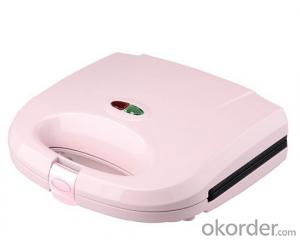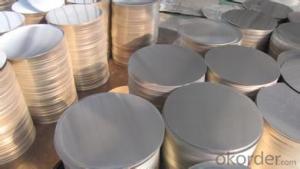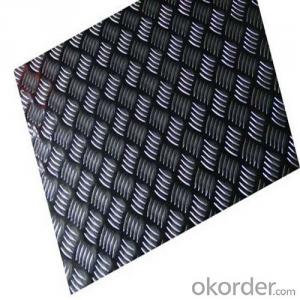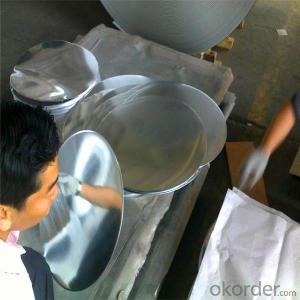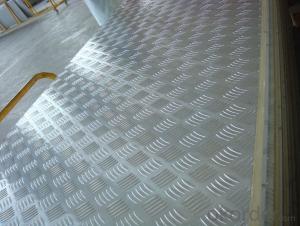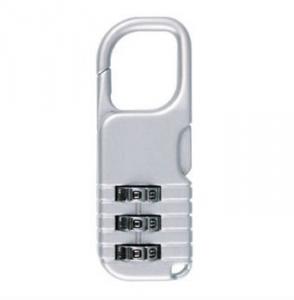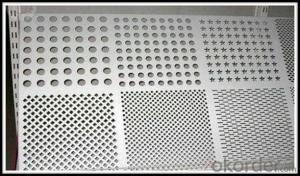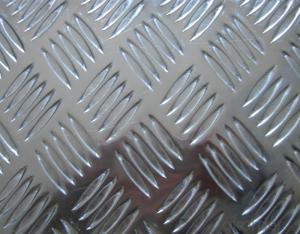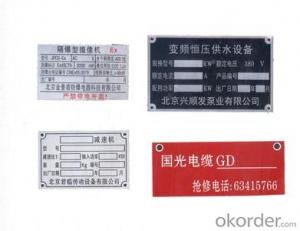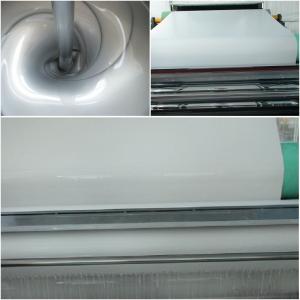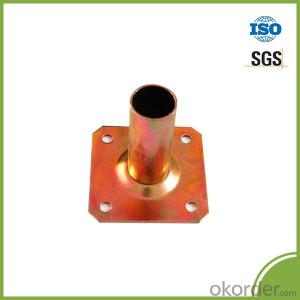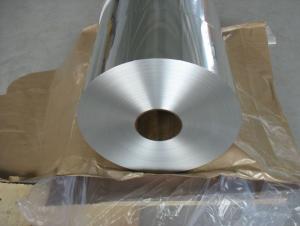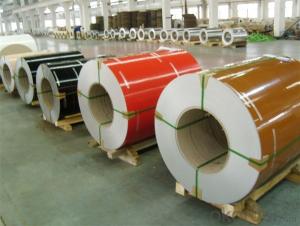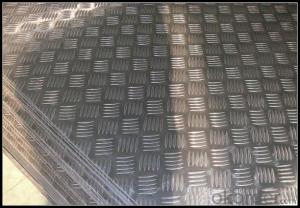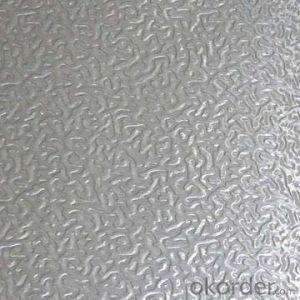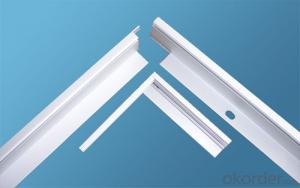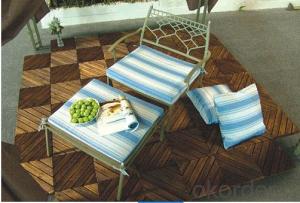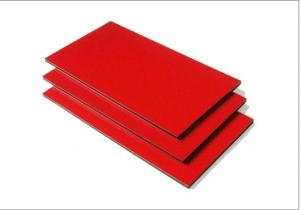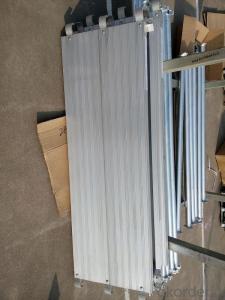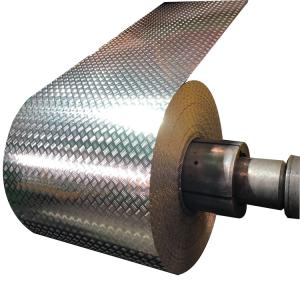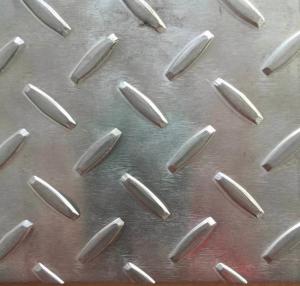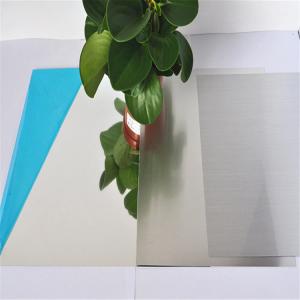Aluminum Glock Back Plate
Aluminum Glock Back Plate Related Searches
Aluminum Glock Base Plate Glock Aluminum Base Plate Glock Aluminum Slide Cover Plate Aluminum Backing Plate Aluminum Gland Plate Aluminum Cover Plate Rubber Backed Aluminum Plate Aluminum Truck Deck Plate Aluminum Wall Plate Aluminum Deck Plate Aluminum Armor Plate Aluminum Grill Plate Aluminum Round Plate Aluminum Metal Plate Aluminum Motor Plate Gold Plate Aluminum Ground Aluminum Plate Aluminum Dock Plate Aluminum Keyboard Plate Aluminum Flat Plate Aluminum Spinning Plate Aluminum Charger Plate Aluminum Base Plate Aluminum Kick Plate Aluminum Paper Plate Aluminum Ramp Plate Aluminum Plate Armor Aluminum Grid Plate Aluminum Anti Slip Plate Aluminum Tool PlateAluminum Glock Back Plate Supplier & Manufacturer from China
Aluminum Glock Back Plate is a high-quality aftermarket component designed to replace the original back plate on Glock handguns, offering enhanced durability and a sleek aesthetic appeal. This product is crafted from lightweight yet strong aluminum, ensuring that it can withstand the rigors of daily use while maintaining a slim profile. The Aluminum Glock Back Plate is compatible with various Glock models, making it a versatile choice for firearm enthusiasts and professionals alike.The Aluminum Glock Back Plate is widely used in various scenarios, such as target shooting, self-defense, and law enforcement. Its application extends beyond aesthetics, as it can provide additional protection to the internal components of the firearm, reducing wear and tear over time. This product is particularly beneficial for those who use their Glock handguns frequently, as it can help maintain the firearm's performance and longevity.
Okorder.com is a reputable wholesale supplier of the Aluminum Glock Back Plate, boasting a large inventory to cater to the diverse needs of customers. They offer competitive prices and reliable shipping, ensuring that customers receive their orders promptly and in excellent condition. By sourcing the Aluminum Glock Back Plate from Okorder.com, customers can be confident in the quality and authenticity of the product, as well as the convenience of a one-stop shopping experience.
Hot Products










